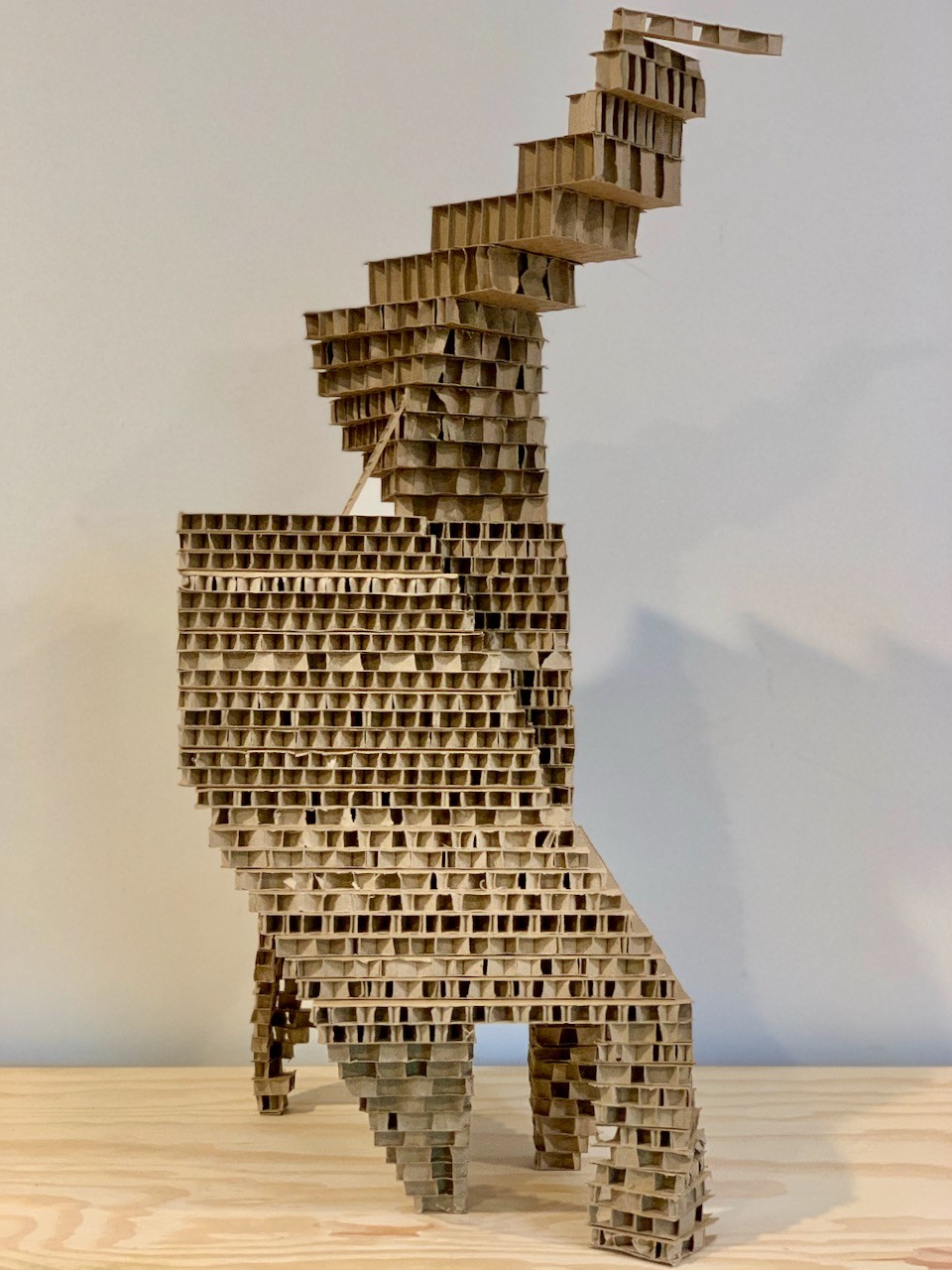

Today we’d like to introduce you to GD Cohen.
Hi GD, please kick things off for us with an introduction to yourself and your story.
I’m a visual artist of idiosyncratic training (perhaps even “aberrant” from the standpoint of the mainstream art world). The letters adjoined to my name are PhD, not MFA. Some of the earliest visual objects I produced were poems that might best be described as cubist in form, with scavenged words and phrases cobbled to observations of the physical and social world. Some of those concoctions are probably still haunting the more recondite sectors of the interwebs or languishing in a musty copy of some out-of-print literary rag somewhere. Eventually, it would be home dark rooms, urban landscapes, far-flung archives, and art house movie theaters from Madrid to Paris to Buenos Aires that would serve as my laboratories and my teachers, and all of these spaces and institutions continue to shape the art I make today.
I moved to Los Angeles in 2008, though it was only after settling in Highland Park ten years later that I finally began to feel at home in this city. While I generally live to make art (and to make frequent forays into nature and voyages abroad), I also happen to work for a living teaching courses on visual culture at one of our fair city’s multifarious institutions of higher learning. I am also a longtime Associate and current Chair of Visual Inquiry at the Group for Research on Experimental Accumulation and Speculative Archives (REASArch), a loosely confederated visual think tank of sorts founded by my colleague and collaborator, Vadig de Croehling. I’ve had the privilege there to consort with several enigmatic visual artists and researchers, from E. Edrich O’Duggan and Řehoř D. Kogn to Christian Zorka.
Would you say it’s been a smooth road, and if not, what are some of the biggest challenges you’ve faced along the way?
As the artist David Schoffman confessed in these very pages, our work can be summarized thus: “You spend most of your time alone and indoors trying to give form to an idea.” This, by far, is the greatest challenge any artist faces: toiling alone at the quixotic task of transforming a concept into an object of direct experience, whether perceptual, corporeal, or spiritual.
Beyond that, the artist who works in Los Angeles faces the additional trial of dislocation and disconnection. Let’s be honest about this city: yes, it’s dynamic, it’s diverse, it can even sometimes seem beautiful…, but it’s also exasperatingly dispersed and atrociously complicated to navigate, which we all do by encapsulating ourselves in hermetically sealed, air-conditioned, rolling monads of steel that crawl with often infuriating slowness from one end of this concrete-clad monstrosity to the other. In such an environment, it can be quite difficult to forge a community and feel a sense of connection to other artists. All the more so when your work circulates in unconventional channels and finds its public in unconventional spaces. Of course, the very nature and fact of these channels and spaces are precisely what make Los Angeles such a galvanizing context for artmaking. Yin and yang: I consider it a peculiar privilege to be an L.A.-based artist.
Appreciate you sharing that. What else should we know about what you do?
I tend to work across diverse media —video, digital photography, sculpture, painting, drawing—and these will generally emerge in accordance with each project. A large part of my practice involves what might be understood as a kind of aesthetic forensics. This generally takes the form of installations that involve the mischievous misuse of things (documents, objects, images, letters, and so on) that I find in existing collections of all kinds (film archives, thrift stores, yard sales, libraries, cabinets of curiosity), which then serve as the basis for my own creations. The things I make in these scenarios serve as a kind of visual speculation on the nature of and relationships between the archival elements I’ve encountered. I then combine and juxtapose my own work with these found objects into new configurations that—when they “succeed”—can unearth latent histories, discern unforeseen yet plausible networks of meaning, or insinuate historical personae and reconstruct their possible backstories. My most recent project in this vein is titled “Onirogramas” and stems from my research in the collections of the Fondation Fellini in Sion, Switzerland.
I also just like to make stuff with no particular conceptual motive (although, in the 21st century, practically no artistic venture exists independently of some conceptual motive or another). At the moment, I’m working on a series of quasi-architectural sculptures made out of corrugated cardboard.
We’d love to hear what you think about risk taking.
I’ve slept in “porta-ledges” hung thousands of feet off the ground on big walls in Yosemite, crossed the high Himalaya as a hapless passenger on rickety buses negotiating impossibly narrow dirt roads carved into the edges of cliffs, and skied off tall rocks and down narrow chutes from the Tetons to the San Juans to the Eastern Sierra. Everything I do in the studio imbibes the spirit of those risks… and nothing I do in the studio can really compare to any of those risks.
Contact Info:








Image Credits
Rena Haley
G.D. Cohen











